March Walking Tour – Little Plants of the Cactus and Succulent House
Gardeners are often asked: “What is your favorite plant?” Although difficult to answer for someone whose job is to grow plants from around the world, I can always find one that sticks out a little more than the others. My current favorite is Ornithogalum thunbergii, a small above-ground bulb about the size of a thumbnail with winter-growing, zig-zagging leaves. This species inhabits small rocky and mossy areas of western Little Karoo in South Africa. At Denver Botanic Gardens, it lives in the Cactus and Succulent House. It requires a fair amount of moisture in the winter months and dry shade in the summer months. Another noteworthy Ornithogalum is one known as Ornithogalum sp. ’Western Cape’. This selection is a little less exciting but a little more forgiving than Ornithogalum thunbergii and holds its green leaves year-round.
Another popular genus is Lithops. Members of this genus are attractive, but their lifecycle, if not understood, can make them temporary fixtures in a collection. Lithops grow in the summer when they receive rainfall in their native habitat. Thus, they should only be watered in summer months and sparingly at that. I wait until they show signs of wrinkly deflation and reduce watering in the winter months. The plant’s new leaves absorb water from the old shedding leaves. Two of my favorites on display are Lithops fulviceps var. lactinea and Lithops aucampiae var. koelemanii.
Another favorite plant is Bulbine latifolia. It’s from a summer rainfall area of the Eastern Cape of South Africa. It has larger Aloe-like leaves and produces large yellow inflorescences several times throughout the year.
A popular succulent is Crassula ‘Buddha’s Temple’. It’s a hybrid made by the great Myron Kimnich in California in 1959 between Crassula perfoliata var. minor and Crassula pyramidalis. It’s a lovely, sought-after symmetrical plant. Like most Crassula, it is a winter grower with putrid-smelling flowers.
Be sure to look for these small, slow-growing plants on your next visit to the Cactus and Succulent House.
Gallery photos by Scott Preusser
Gallery
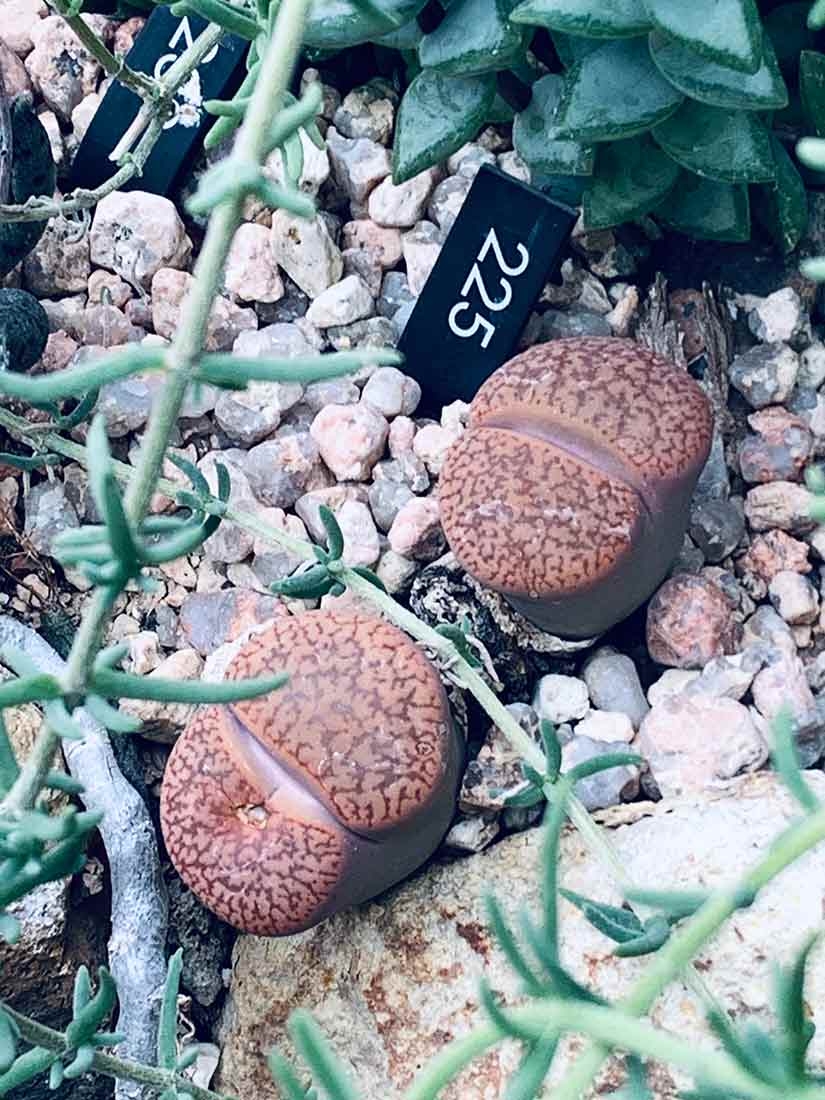
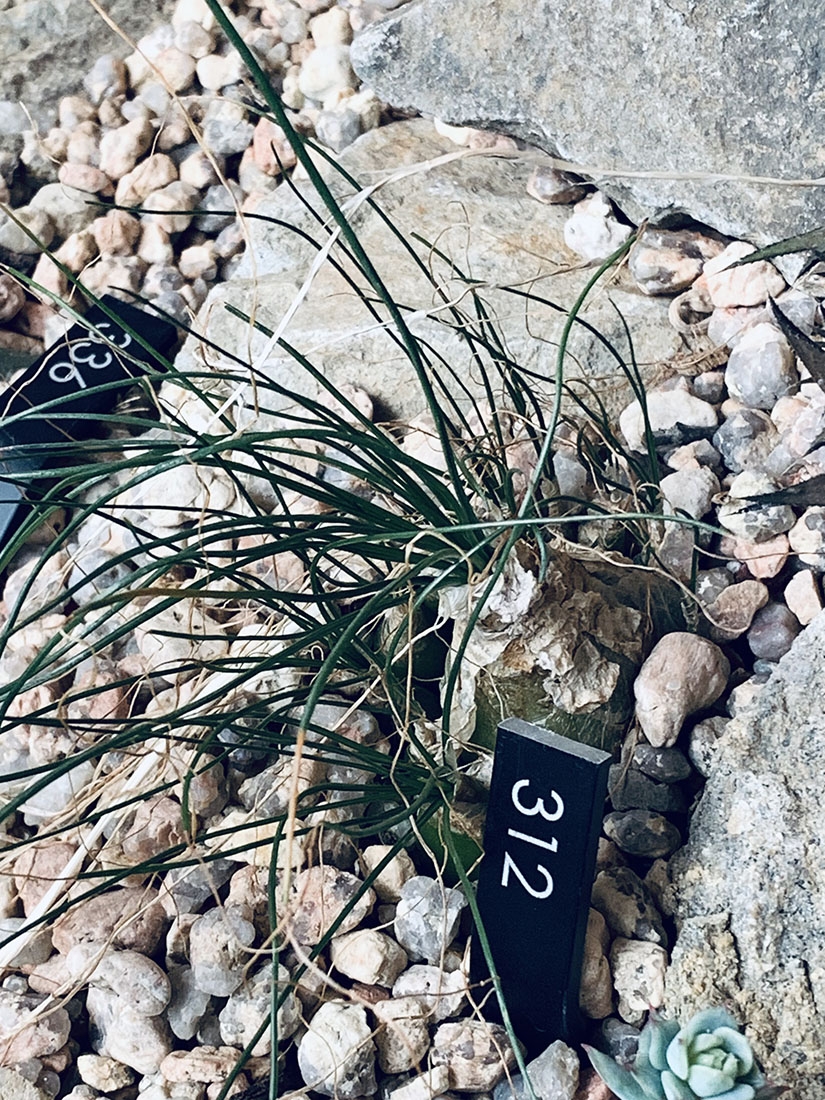
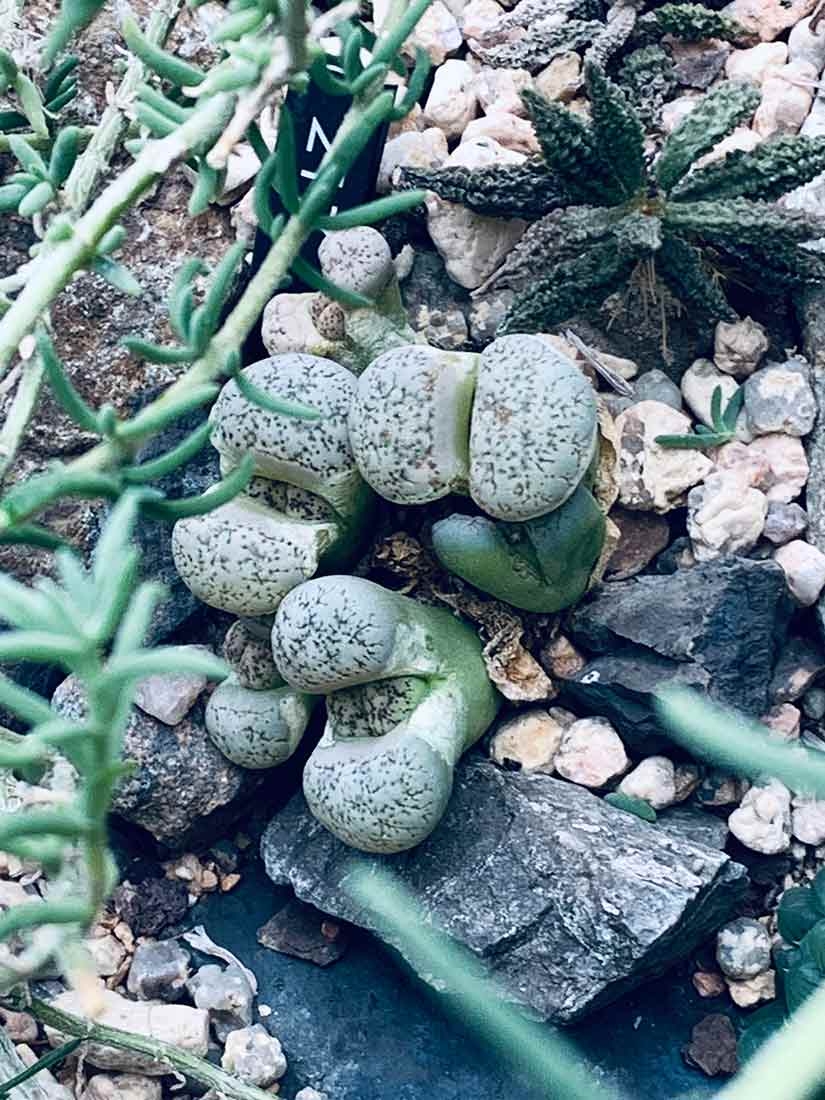
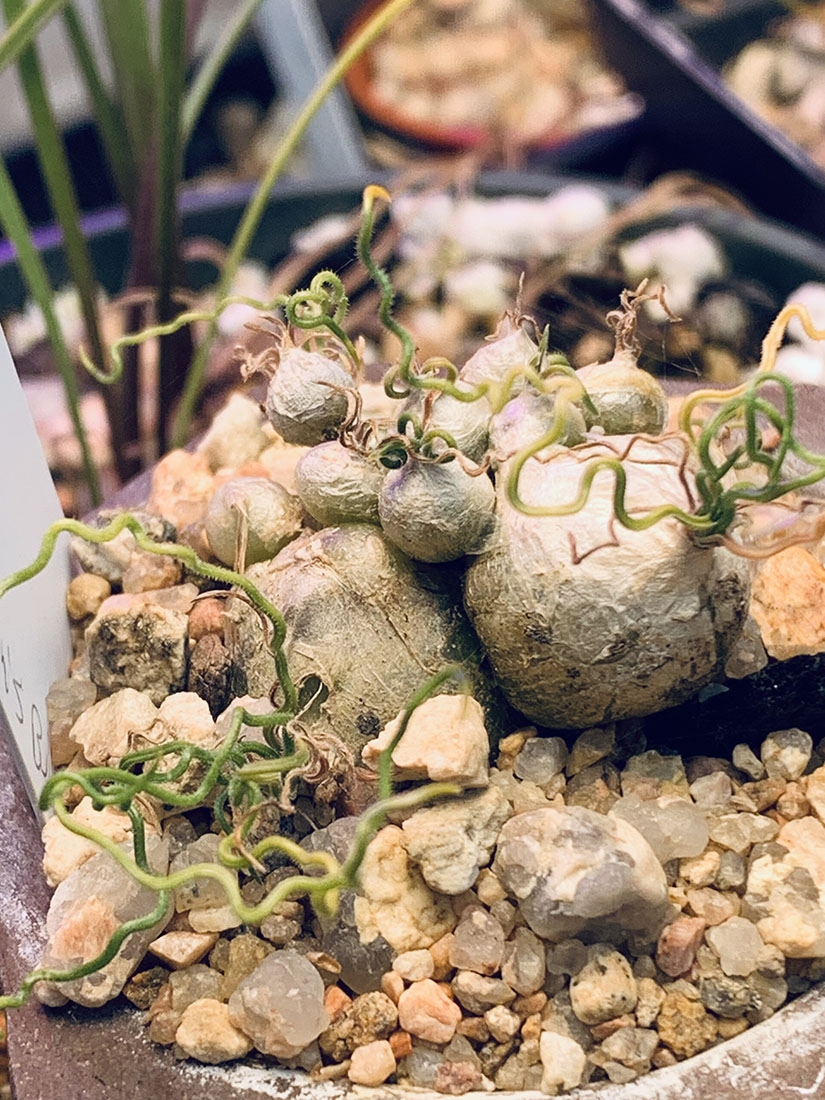
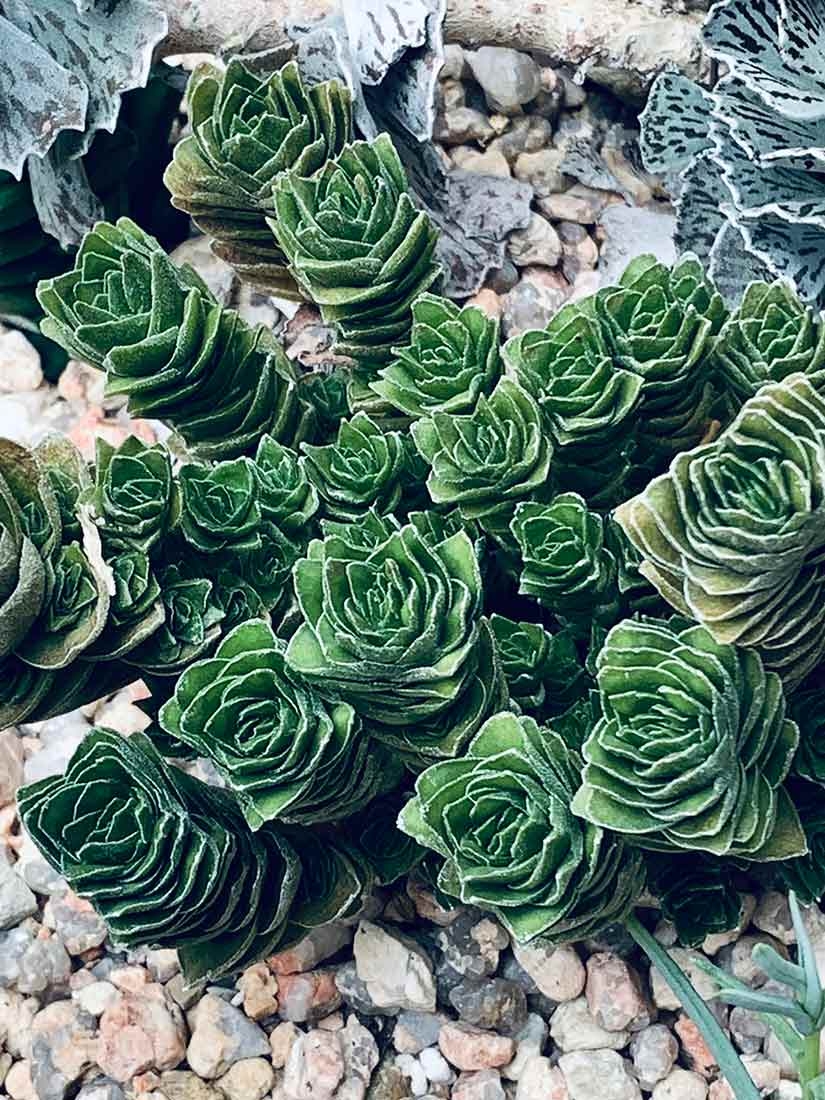
Add new comment